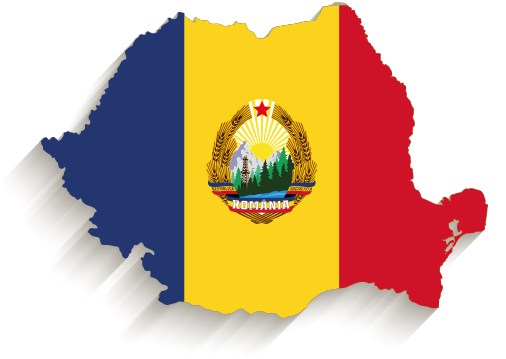(Grant Agreement n. 669194)
On 1 July 1968, with the reorganisation of a Department of the National Bank of Romania, a new bank was established – the Romanian Bank for Foreign Trade. Its aim was to fulfil the party and the state’s policy with regard to the fields of payments, credits and banking control regarding foreign exchange operations abroad. The Romanian Bank for Foreign Trade collaborated with the National Bank and exercised banking control over the fulfilment of the plan-related tasks of foreign trade enterprises. It was directly subordinated to the Council of Ministers and collaborated with the other specialised banks in Romania and several ministries, such as the Ministry of Foreign Trade, the Ministry of Finance and the Ministry of Justice. The President of the Board of Directors of the Romanian Bank of Foreign Trade was appointed by the State Council.
The experts at the National Bank and at the Romanian Bank for Foreign Trade made proposals regarding Romania’s policies on credits, payments and collaboration with international financial institutions. Their proposals stayed within the general position established by the party and were reviewed (accepted, rejected or revised) by the Permanent Presidium and the Secretary General himself.
For instance, in July 1972, the Governor of the National Bank of Romania, Vasile Malinschi, and the President of the Board of Directors of the Romanian Bank for Foreign Trade, Vasile Voloșeniuc, authored a joint note with Minister of Finance Florea Dumitrescu, Minister of Foreign Trade Ion Pățan and Minister of Foreign Affairs Corneliu Mănescu to advocate for Romania’s application to become a member of the International Monetary Fund (IMF) and the World Bank. They argued that adhering to the IMF and the World Bank would bring advantages for Romania in the form of long-term loans that would allow Romania to secure imports of Western technologies and machinery. This proposal was accepted by the party’s Permanent Presidium in August 1972 and led to Romania’s participation in the IMF and the World Bank in December 1972.
*This text summarises some of the research findings of PanEur1970s team member Elena Dragomir, which are published as a chapter in PanEur1970s’ academic edited book. For a link to the e-book, please see Romania’s “Overview” webpage of this map.
|
Note regarding the conditions of Romania’s adhering to the International Monetary Fund and the World Bank
ANIC, CC of RCP, Office, File 97/1972, p. 12-31 | 2333/20.07.1972
It proposed the beginning of the negotiations for Romania's adhering to the IMF and IBRD. The Note was approved in the meeting of the Permanent Presidium from 21 August 1972. - Available only in the Archive: http://arhivelenationale.ro |
|
Protocol no 24 of the meeting of the Permanent Presidium from 21 August 1972
ANIC, CC of RCP, Office, File 97/1972, p. 3-7
The Permanent Presidium approved the above proposal regarding the starting of Romania's negotiations to adhere to the IMF and IBRD. Members of the Permanent Presidium participating at the meeting: Nicolae Ceaușescu, Ion Gheorghe Maurer, Manea Mănescu, Gheorghe Rădulescu, Virgil Trofin, Ilie Verdeț. Other people invited to take part in the meeting: Cornel Burtică, Ion Pățan, Corneliu Mănescu, Florea Dumitrescu. - Available only in the Archive: http://arhivelenationale.ro |
